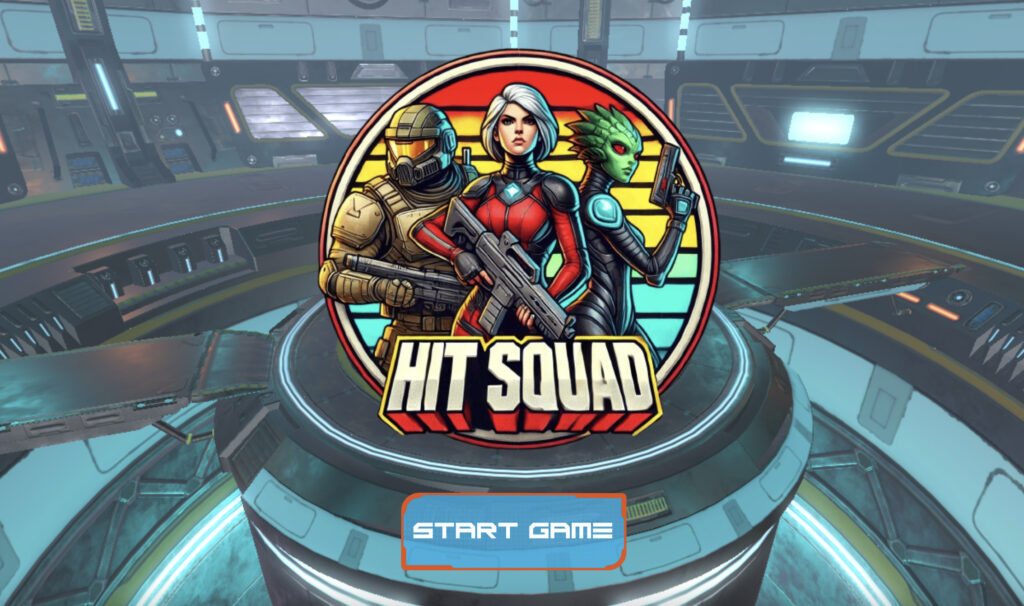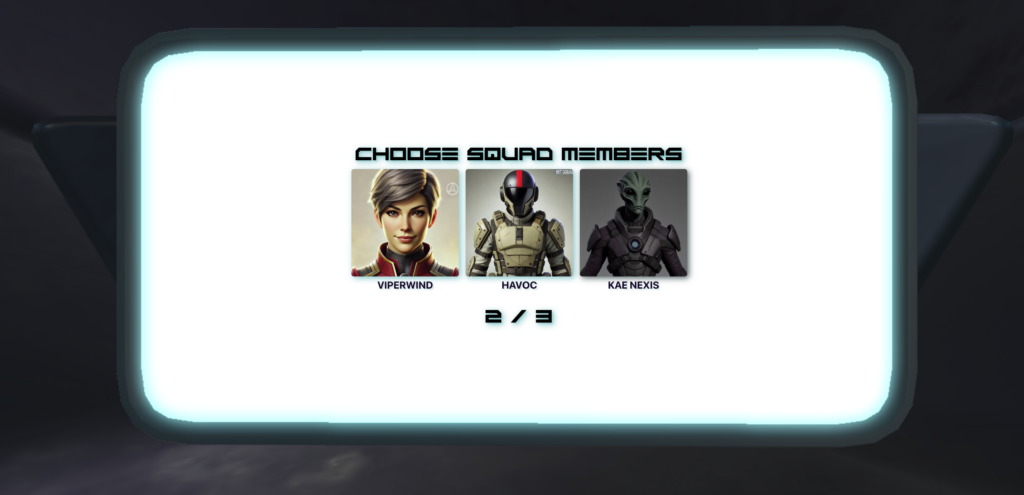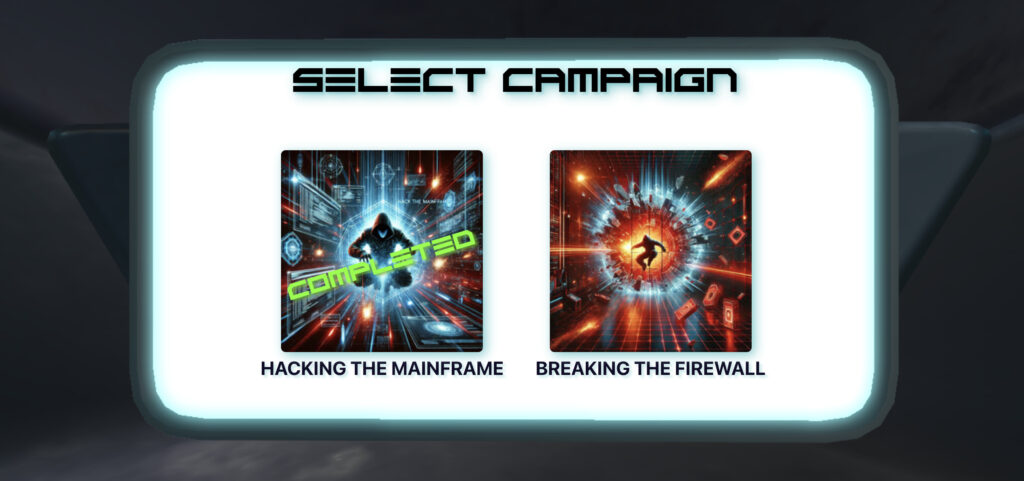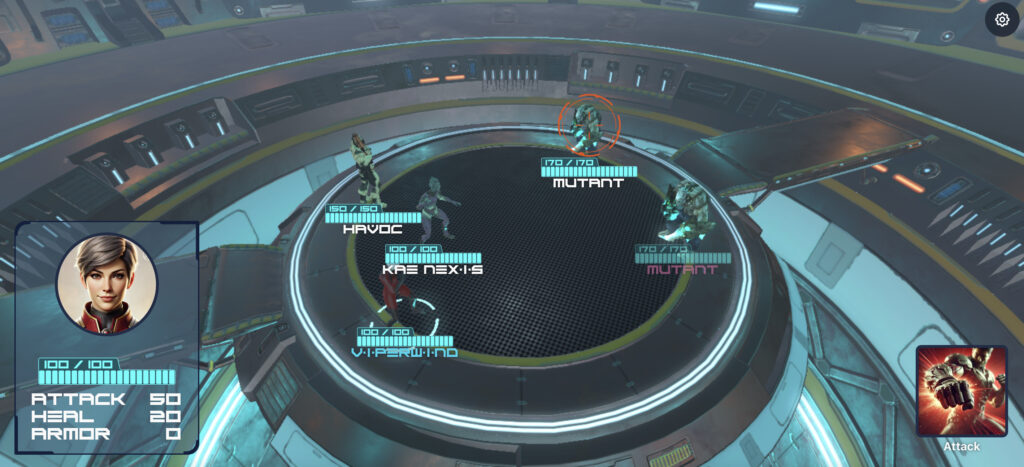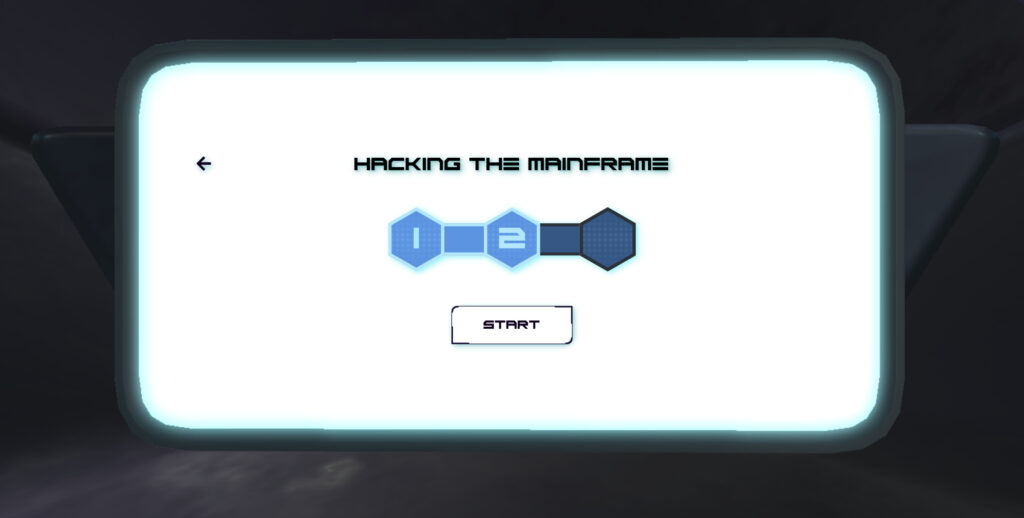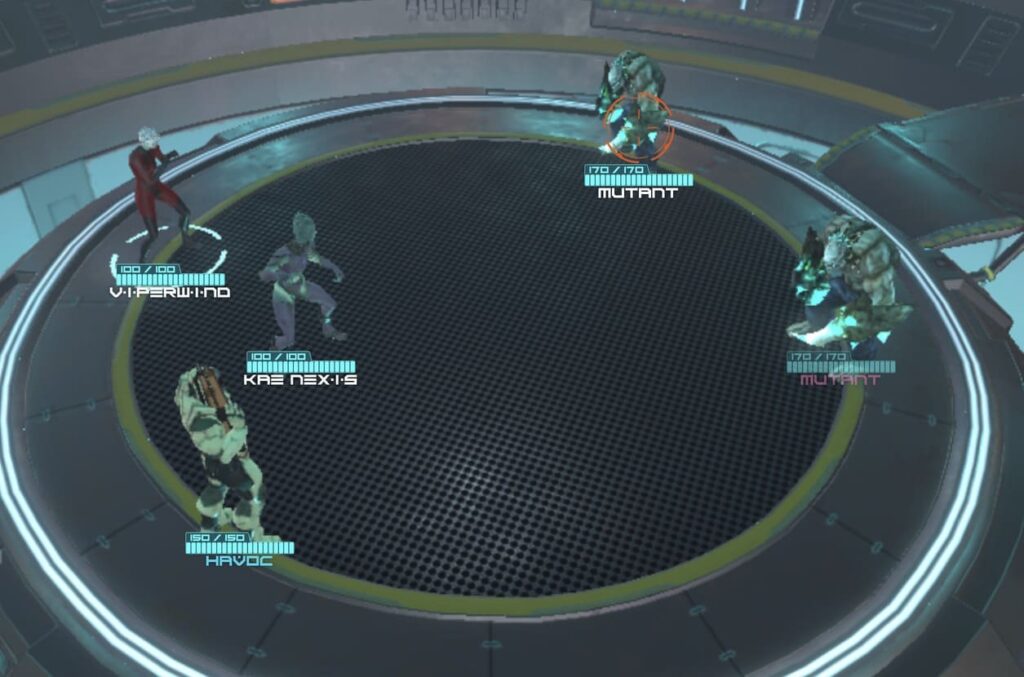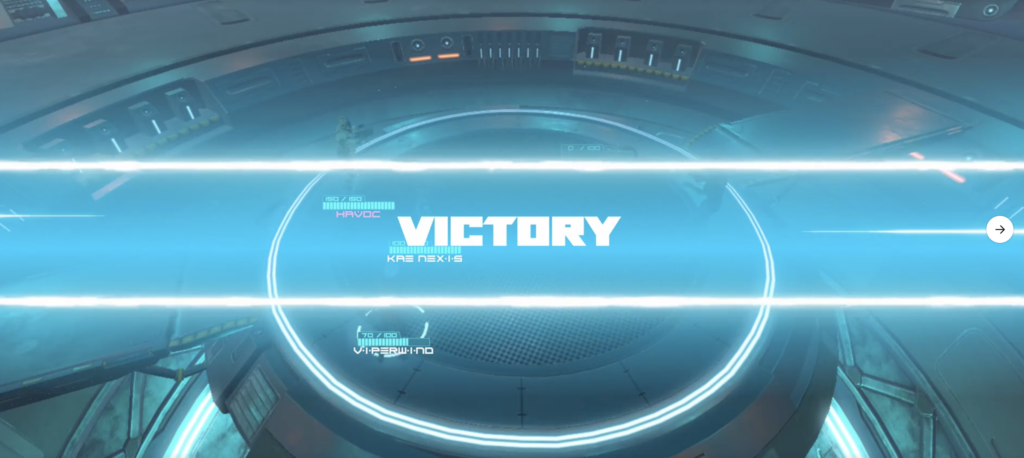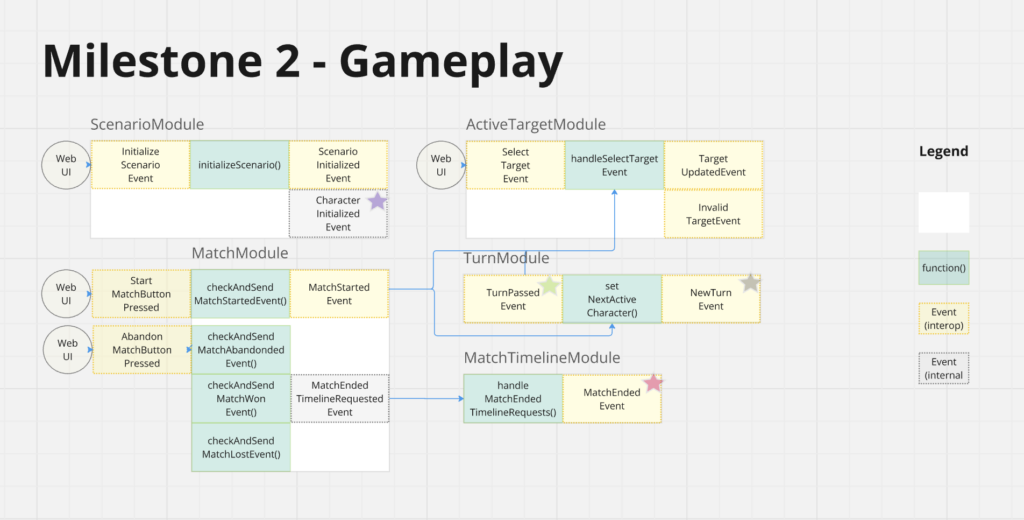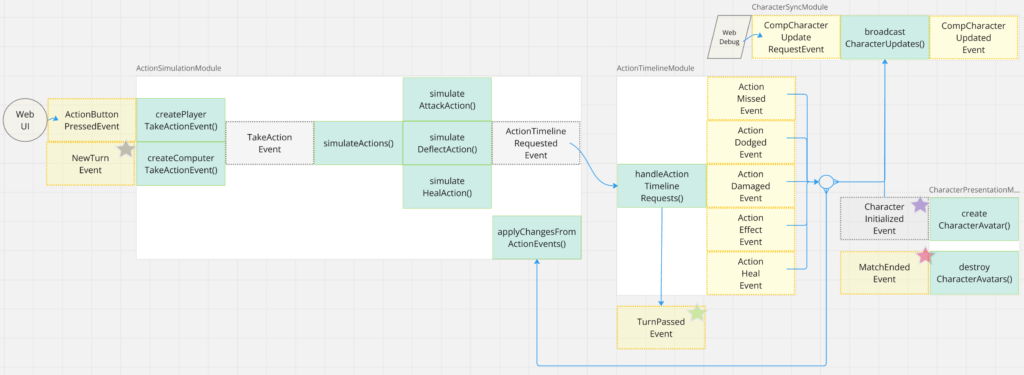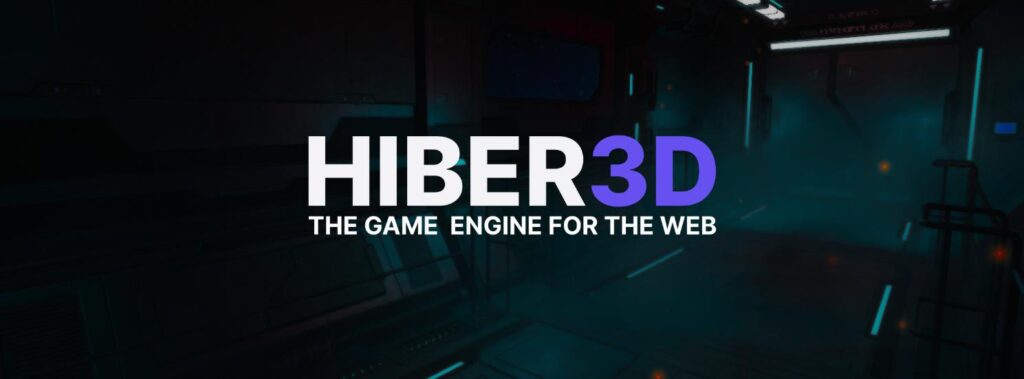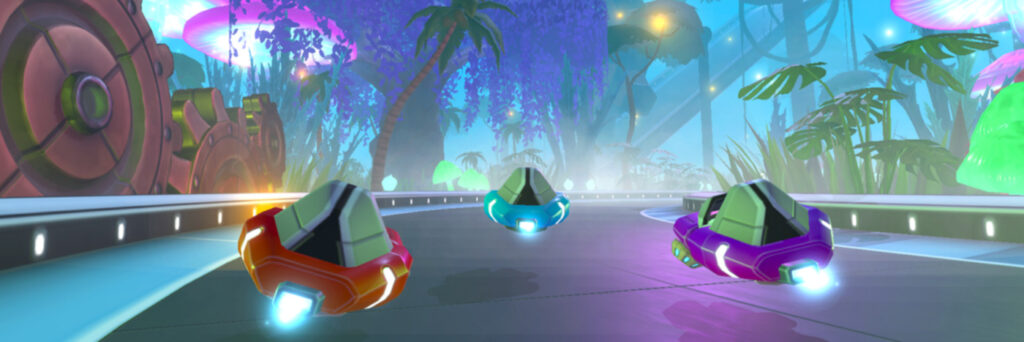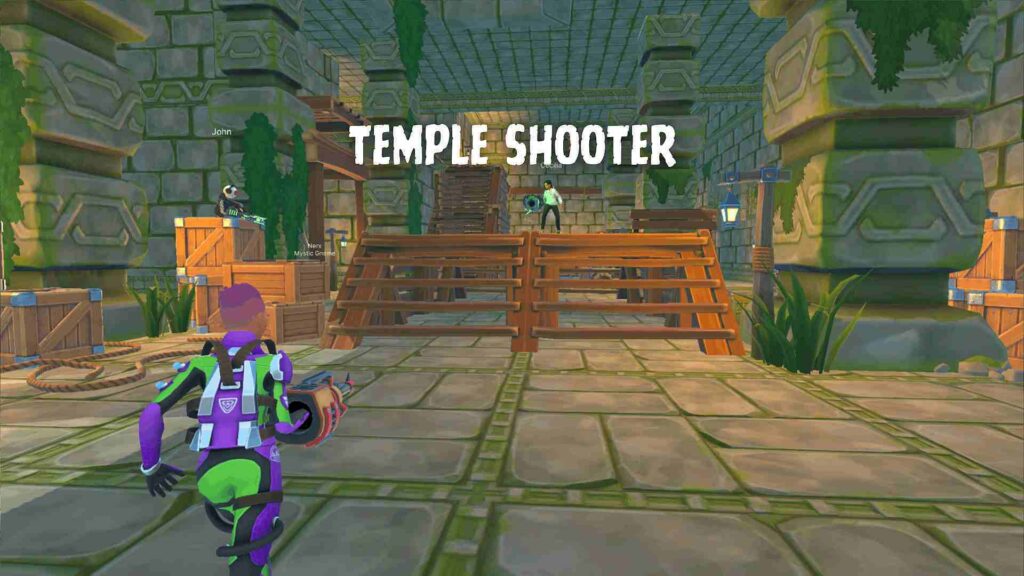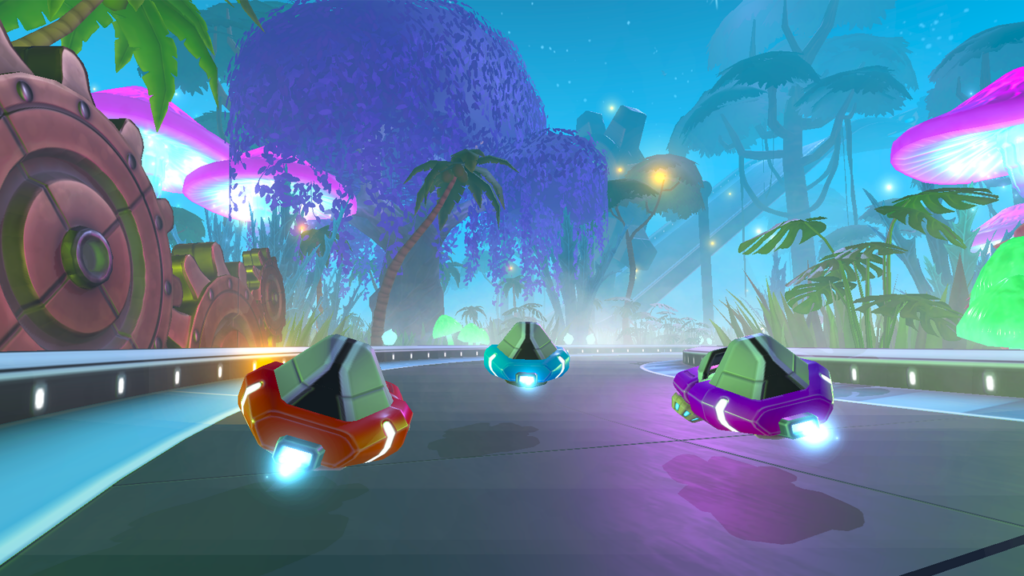Written by Mattias Johansson, Chief Innovation Officer at Hiber
Something extraordinary is happening in the world of coding, changing the way we create and pushing our tech to new limits. At the center of this transformation is the blend of artificial intelligence and web-first development, promising to redefine the very nature of digital creation.
The Rise of AI Coders
AI, once relegated to the role of assistant, has evolved into a formidable coder in its own right. Tools like Anthropic’s Claude are now performing at the level of junior developers, with a key advantage: it completes tasks at breakneck speeds. Every line of code, every bug fix, and every feature enhancement is executed in a fraction of the time it would take a human. This isn’t just a small step forward; it’s a leap.
Claude’s estimated IQ of 101 surpasses the average human benchmark, marking a pivotal moment in history. We may be witnessing the last moments where humanity remains the most intelligent entity on the planet. With each update, we come closer to a future where AI consistently outperforms us. This shift is probably just months away and it will impact industries in ways we’re only starting to imagine. The pace of this evolution is astonishing.

AI’s Expanding Influence in Creative Fields
In industries like gaming, where digital experiences hinge on interaction and immersion, AI is not only enhancing development, it’s drastically impacting the creative process. While procedural generation and advanced NPC behavior have been foundational in gaming for years, now, generative AI and large language models (LLMs) are blasting open the potential for far more customized gameplay experiences.
Today’s generative AI tools are having the greatest impact where they are able to collaborate and drive narrative changes based on player preferences. For example, AI-driven NPCs now engage players with more realistic and context-aware interactions, adapting to player choices in ways not previously achievable. Large language models (LLMs) further enhance this by working in real-time to create customized quests and plot twists, making each player’s experience unique.
Hiber’s Journey in AI-Driven Innovation
Hiber has been riding the AI wave with a focus on lowering the barriers to digital creation on the web. In 2023, we launched SkyScape, a tool which allows creators to turn images into 3D worlds and publish them directly to the web—bringing static visuals to life.
Before SkyScape, we worked with Google Cloud’s Generative AI and PaLM 2 to release the World Creator. This tool enabled millions of HiberWorld users to build 3D worlds simply by typing natural language commands, making real-time 3D world creation accessible to everyone.
The “Computer Use” Leap
And as we explored these advancements of our own, the potential of AI continued to evolve at lightning speed. Anthropic’s recent unveiling of the “Computer Use” feature for Claude 3.5 Sonnet marks a huge leap forward. This capability allows AI to navigate a computer much like a human—moving cursors, clicking buttons, and completing complex tasks. By using computer vision to understand desktop environments, AI can now operate digital environments more intuitively.
Web-First Engines: A Unique Opportunity for AI
Think about what this means for web-based engines like Hiber3D, which run straight from a browser. Their web-first nature presents a unique opportunity for AI-driven creation by eliminating traditional barriers i.e. the need for installations or app stores. This means that, within the context of “Computer Use” an AI could potentially manage a browser-based engine autonomously.
Pair this with Hiber3D’s instant publishing, and you get a situation where AI could design, refine, and share immersive worlds all on its own, creating a loop of instant creation and feedback.
Key Advantages of a web-first 3D engine for AI Creation:
- Browser-based operation eliminating setup barriers
- Instant publishing for real-time testing and feedback
- Scalable, cloud-based architecture for complex designs
The Future of AI-Driven Creativity
We are standing on the precipice of a new era in digital creation. With web-first engines like Hiber3D, AI will have a powerful entry point for creating 3D worlds and experiences that the human brain cannot even fathom. The potential is both exhilarating and thought provoking.
This is the future for AI: a partner in creativity, a builder of worlds and a collaborator in experiences. It’s mind-boggling to think of how quickly we’ve reached this point.
The revolution is here, and it’s just beginning.
Let’s see where it takes us, and if we want to go.
